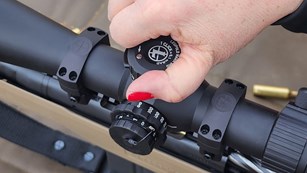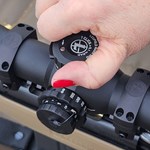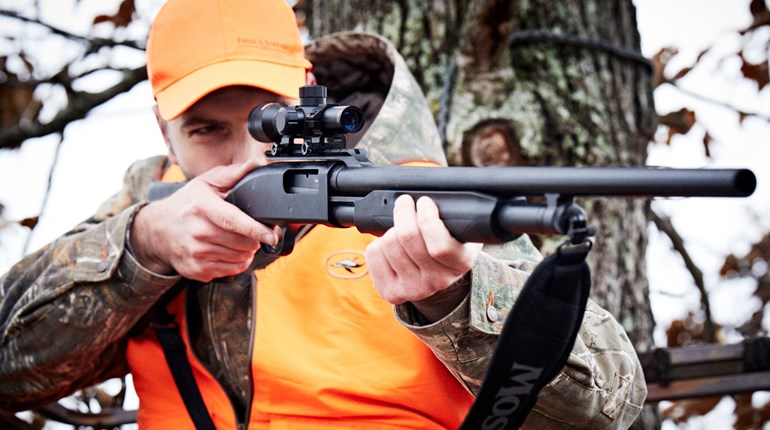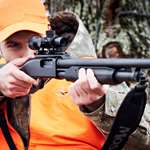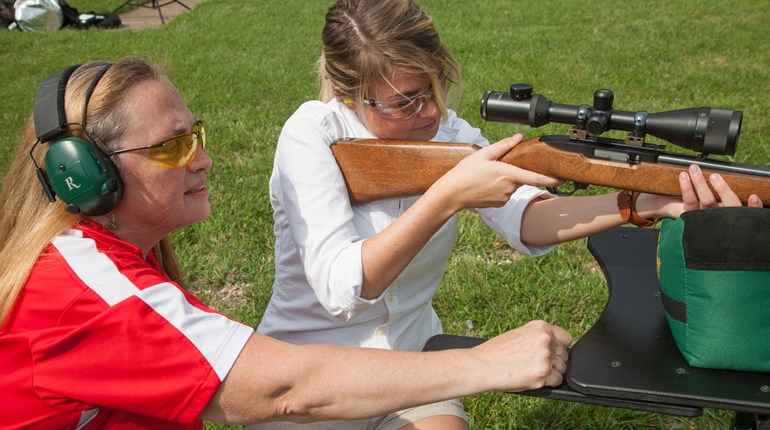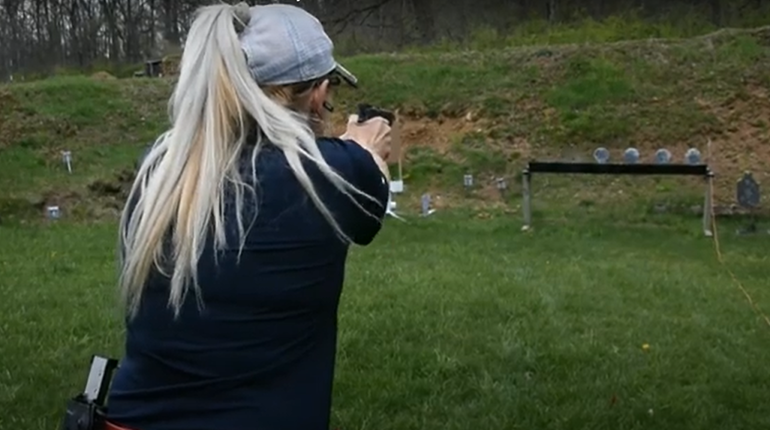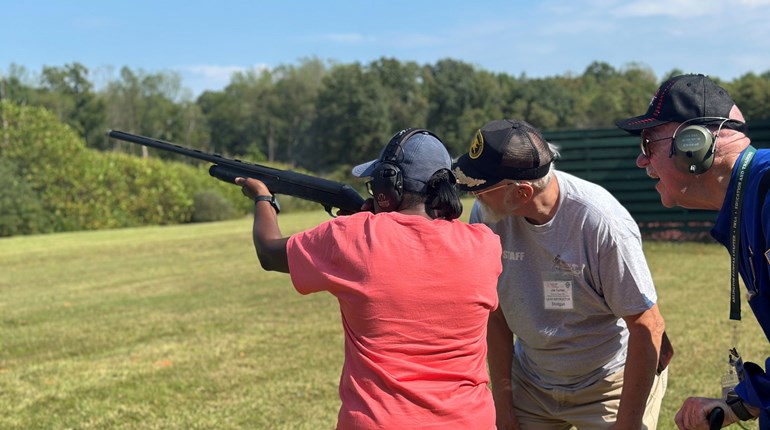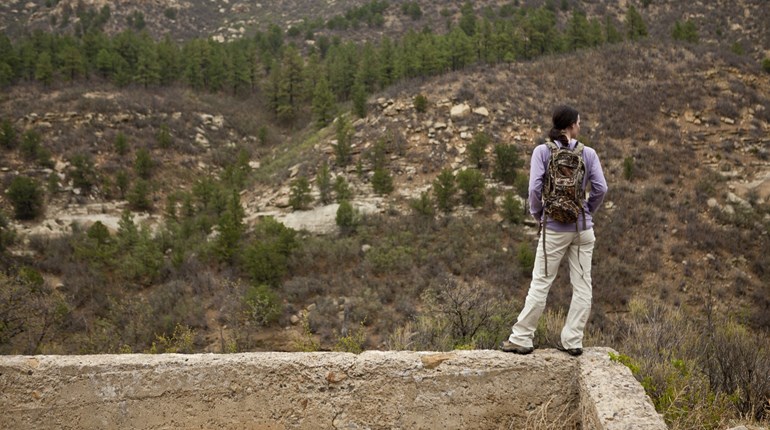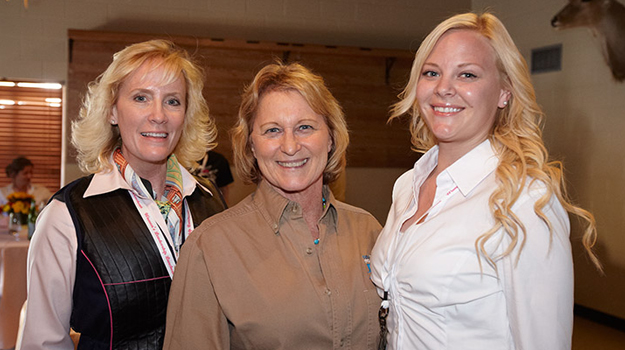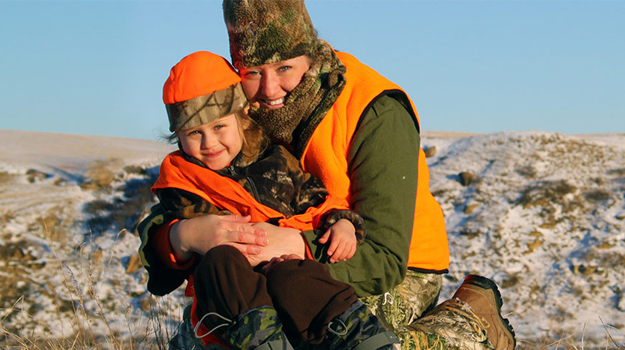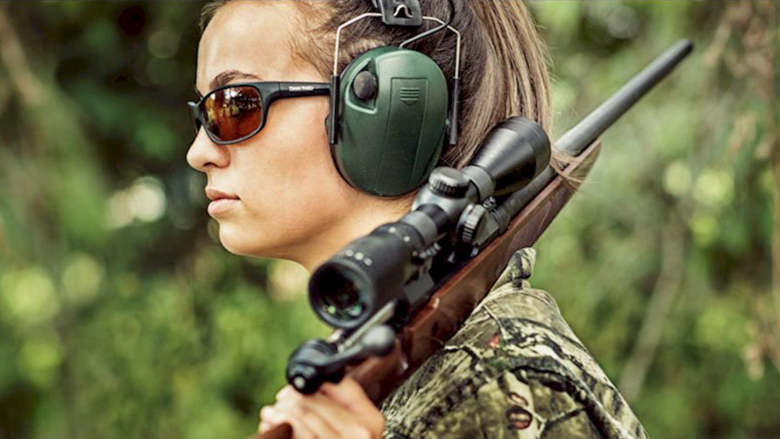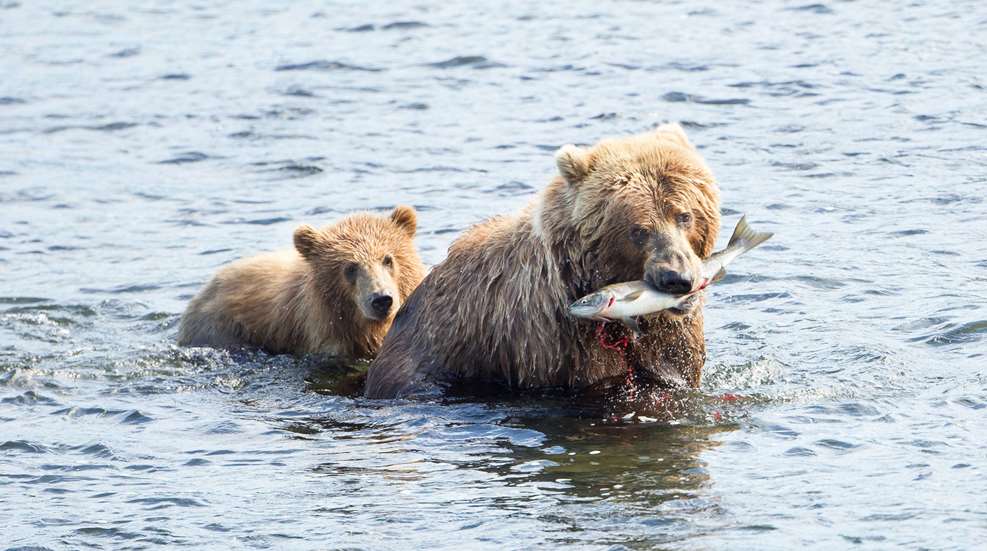
You will often hear the terms “brown bear” and “grizzly bear” confused, but there’s a distinct difference between the two types of bears. Both belong to the same species, Ursus arctos, but grizzlies (Ursus arctos horribilis) are actually a subspecies of brown bear. Interestingly, “ursus” and “arctos” are the words for “bear” in Latin and Greek, so this species is literally called Bear Bear. And “horribilis…” well, it means exactly what you think it means, although I don’t know why grizzlies got saddled with the “horrible” subspecies title.
One of the differences between the grizzly and the brown bear, sometimes called the “coastal brown bear,” is geography: Brown bears live on the coast and a large part of their diet consists of marine foods, with salmon being a primary food source. These bears do eat roots and vegetation, but not as much as grizzlies do. Grizzlies live inland without access to marine foods. They will, of course, eat fish from streams (trout are a favorite) when they can, but their diet consists of more vegetation and mammal meat, like elk, deer and other forest dwellers, which they often scavenge. Grizzlies also tend to be more aggressive to humans than coastal brown bears, partly because they have to work harder for their food and thus are defensive over territory.

Grizzly bear image by USFWS
The bears differ in appearance as well, with grizzlies having that characteristic “grizzled” look due to their hair being lighter at the tips. Brown bears lack the gray or silver tips and are more solid brown. They also tend to be larger than grizzlies, partially due to their fatty, salmon-rich diet. And in many cases, the size difference is substantial: Grizzlies average 250 to 700 pounds, while coastal brown bears average between 500 and 900 pounds but can weigh as much as 1,600 pounds or more.

Kodiak bear image by USFWS
And speaking of 1,500 pounds, the largest of the coastal brown bears that can reach that weight are another subspecies, the Kodiak bear. These bears are isolated to the Kodiak Archipelago in Alaska and are known scientifically as Ursus arctos middendorffi. Approximately 3,500 of these bears exist, and they’re believed to have stranded themselves on the islands during the last Ice Age, eventually diverging from their brown bear relatives, albeit slightly. The genetic differences are believed to be minimal, but they do have a tendency to grow larger than the rest of the brown bears due to their diet, rivaling polar bears in size.
Although the grizzly and Kodiak bears are universally recognized, many scientists disagree on how many other subspecies of brown bears (if any) actually exist worldwide, with some claiming 15 or more. Safari Club International (SCI) recognizes eight.
So, although they’re all brown and belong to the brown bear species, grizzly bears and Kodiak bears are subspecies separated from normal coastal brown bears by geography, diet, size and appearance. All grizzly bears are brown bears, but not all brown bears are grizzlies.
Interesting side note: Grizzlies (Ursus arctos horribilis) and Kodiak bears (Ursus arctos middendorffi) were both given their subspecies scientific names by C. Hart Merriam, known as the “Father of Mammalogy,” who was the head of the Bureau of Biological Survey (the precursor of the U.S. Fish and Wildlife Service) at the turn of the 20th century. Merriam lent his own name to the Merriam’s subspecies of wild turkey and named the Roosevelt elk after his friend, Teddy Roosevelt.

Brown bear image by USFWS






